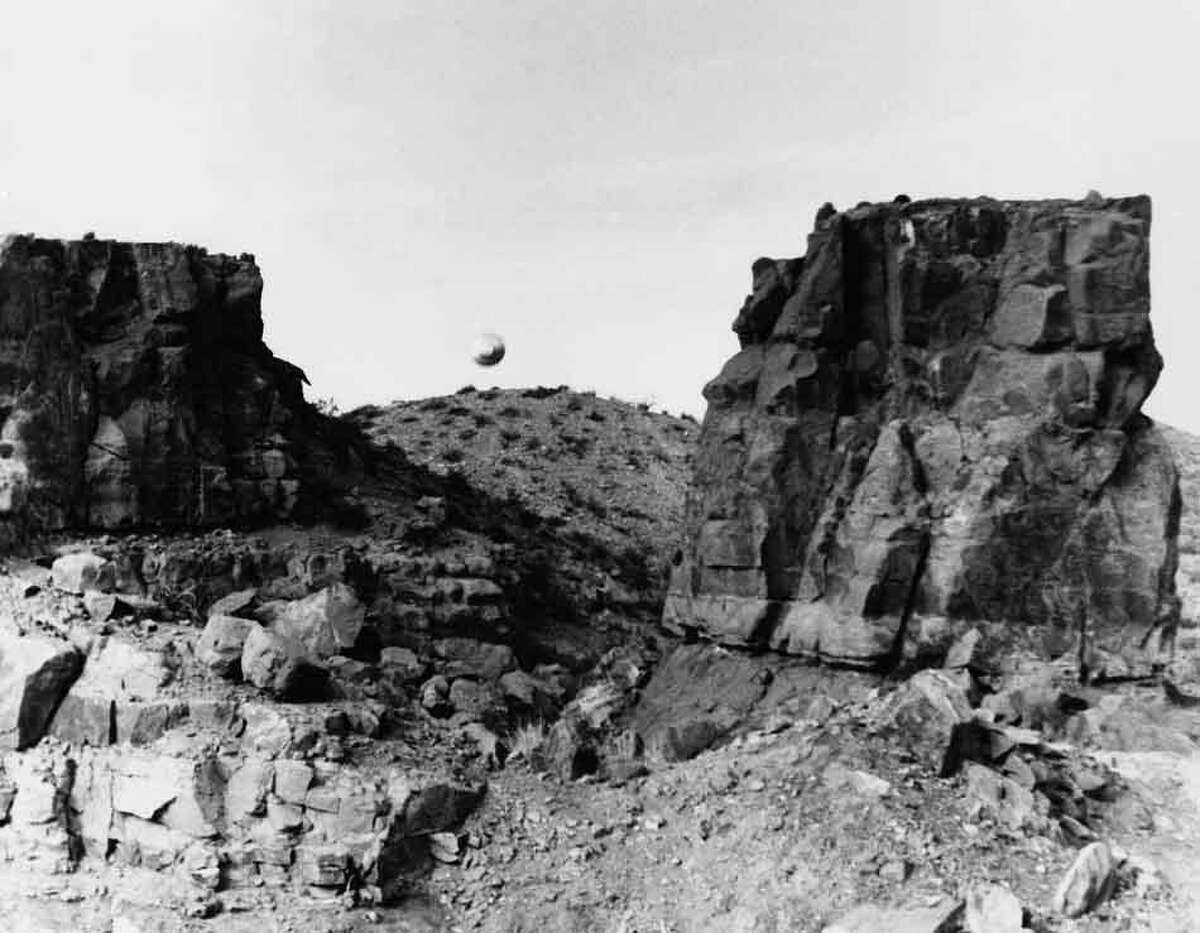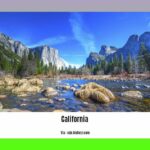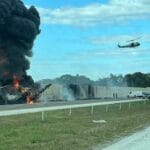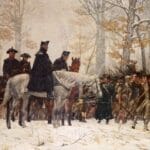75 Years of Questions Under a Desert Sky
For 75 years, the name “Roswell” has been synonymous with the possibility of extraterrestrial life. It all started in the summer of 1947, when rancher Mac Brazel discovered unusual debris scattered across his land near the Roswell Army Air Field. This wasn’t just any debris – it was lightweight and metallic, unlike anything he’d ever seen. When the military arrived on the scene, their initial explanation only deepened the mystery. They announced they’d recovered a “flying disc,” igniting headlines across the country about a potential spaceship landing in the New Mexico desert.
However, the military quickly retracted their statement, now claiming the debris came from a weather balloon. This sudden shift, combined with increased military secrecy surrounding the incident, fueled suspicions of a government cover-up. Rumors of alien bodies and hidden spacecraft began to circulate, transforming Roswell into a hotbed for UFO speculation.
From Weather Balloon to Global Phenomenon: Unraveling the Roswell Incident
While the official story attributes the Roswell debris to a top-secret government project called Project Mogul – which involved high-altitude balloons designed to detect Soviet nuclear tests – many remain unconvinced. Skeptics point to inconsistencies in the government’s account, eyewitness reports that contradict the official narrative, and a lingering sense that the full story remains untold.
One of the most significant turning points in the Roswell saga came in 1978, when Major Jesse Marcel, the intelligence officer who initially handled the debris, gave interviews suggesting the material was unlike anything he’d encountered before. His statements, along with the publication of the 1980 book “The Roswell Incident,” helped solidify the alien crash narrative in the public imagination.
Adding to the intrigue are claims from individuals who allege to have witnessed the crash or its aftermath, some describing strange lights in the sky and others alleging the presence of alien bodies. While these accounts are often met with skepticism, they continue to fuel the debate surrounding the Roswell Incident.
Roswell Today: A Legacy of Intrigue and Tourism
Today, Roswell embraces its unique place in UFO history. The International UFO Museum and Research Center stands as a testament to the world’s enduring fascination with the event. Visitors from around the globe flock to the town each year, eager to explore the theories, examine the evidence (or lack thereof), and perhaps experience something otherworldly in the vast desert sky.
The town even hosts an annual UFO Festival, drawing thousands of enthusiasts to celebrate all things extraterrestrial. From lectures by prominent UFO researchers to costume contests and parades, the festival highlights the profound impact the 1947 incident has had on Roswell’s identity.
For many, the allure of Roswell extends beyond the search for definitive answers. It’s about grappling with the unknown, contemplating the possibility of life beyond Earth, and embracing the mystery that continues to surround this enigmatic event.
When Was Roswell Founded?
While Roswell is best known for its connection to UFO lore, the town boasts a rich history that predates the 1947 incident. Established in 1867 and named after Civil War general Benjamin Roswell, the town originated as a cattle ranching settlement. Life on the frontier was arduous, and early settlers faced harsh conditions as they carved out a life in the unforgiving desert landscape.
It wasn’t until the mid-20th century that Roswell’s narrative shifted dramatically. The alleged UFO crash in 1947 thrust the town into the global spotlight, forever intertwining its destiny with the enduring mystery of extraterrestrial visitation. What was once a remote ranching community transformed into the “UFO Capital of the World,” a destination for those seeking answers, embracing the unknown, or simply captivated by the enduring legend of Roswell.
Discover the fascinating story of the tragic shipwreck in Jupiter, Florida, where a century-old vessel met its watery demise. You can learn about the heroic crew of the USS Independence CV-62, whose bravery saved countless lives during World War II.
- Crypto Quotes’ Red Flags: Avoid Costly Mistakes - June 30, 2025
- Unlock Inspirational Crypto Quotes: Future Predictions - June 30, 2025
- Famous Bitcoin Quotes: A Deep Dive into Crypto’s History - June 30, 2025
















